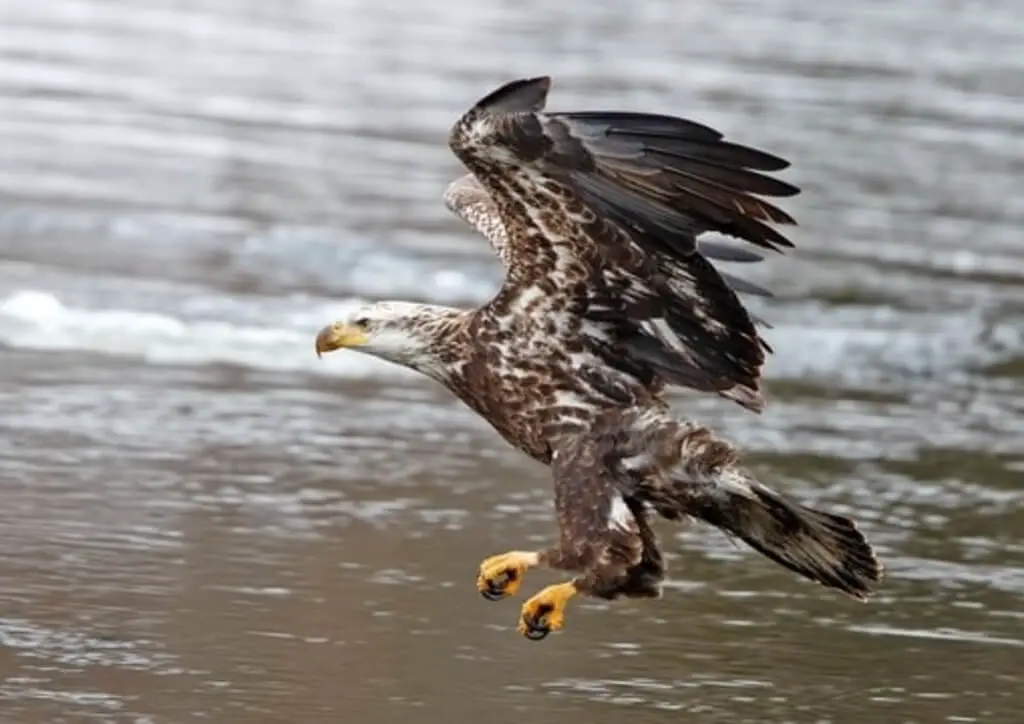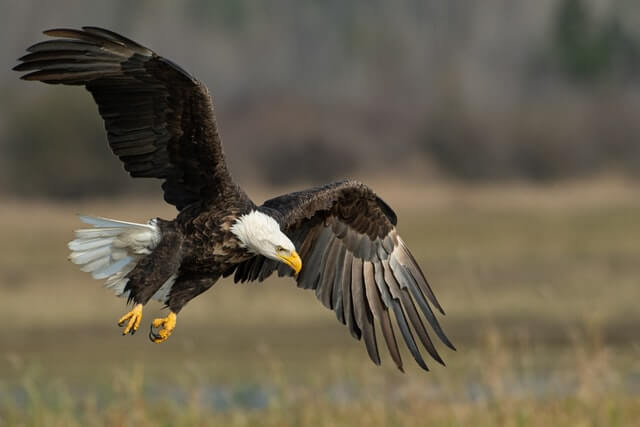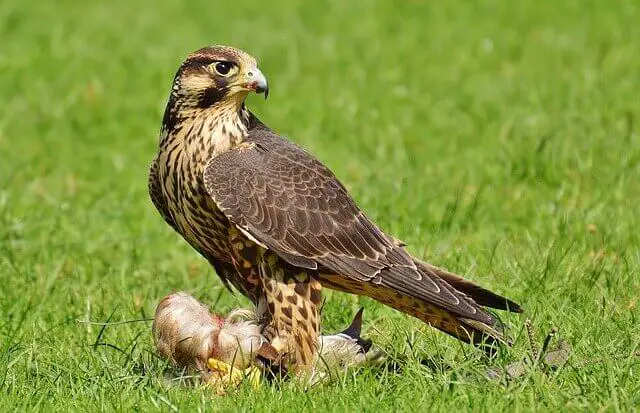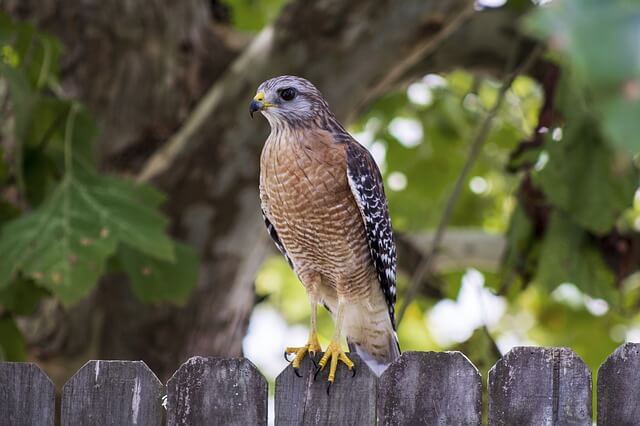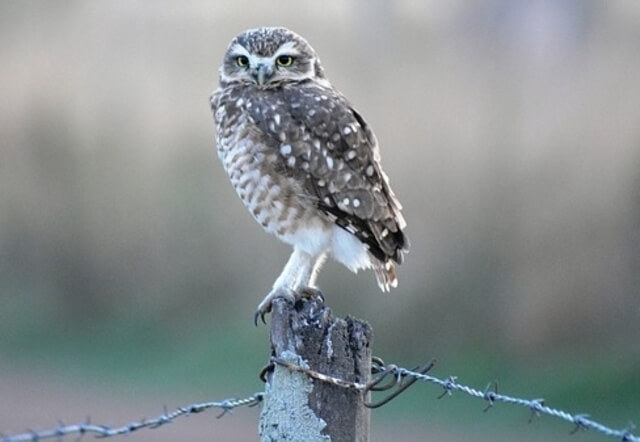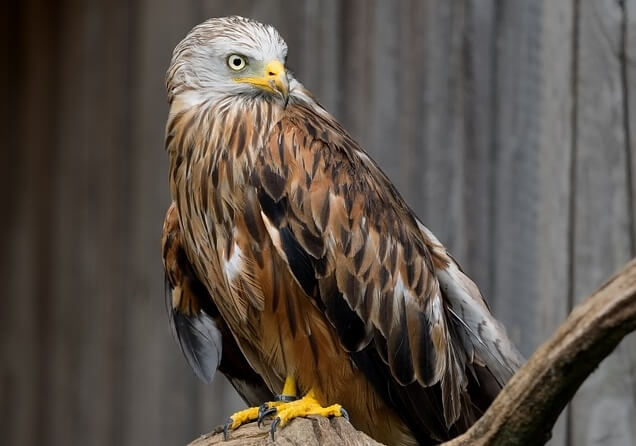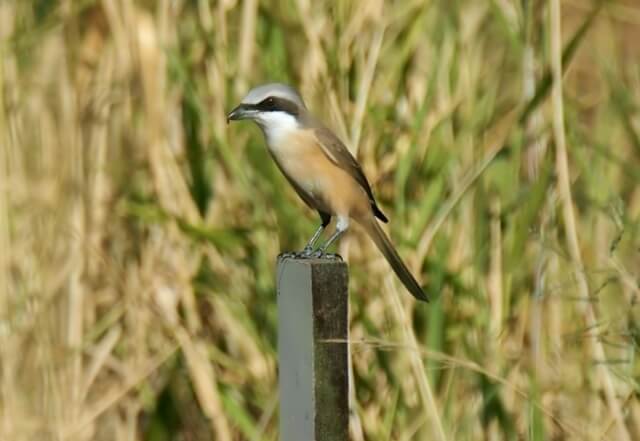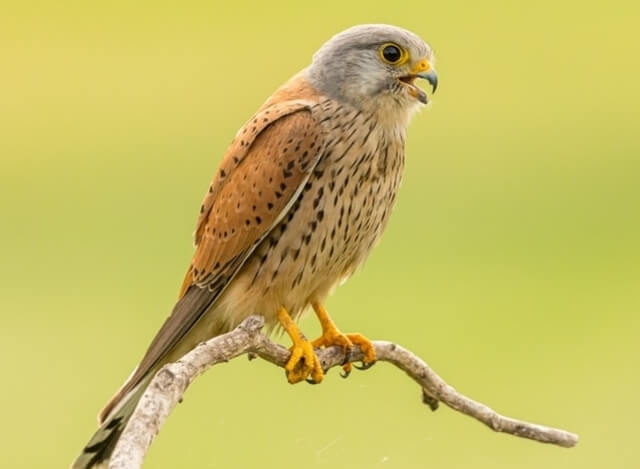The world of birds is incredibly diverse, with various species adapted to unique habitats and lifestyles. One fascinating adaptation seen in many birds is the presence of hooked beaks and talons. These specialized features are essential for their survival, enabling them to capture and consume prey efficiently.
In this guide, we’ll delve into the intriguing world of 11 birds with hooked beaks and talons, exploring their characteristics, habitats, and hunting techniques.
Table of Contents
Key Takeaways
- Hooked beaks and talons are specialized adaptations that aid birds in hunting and feeding.
- These birds have a wide range of prey, from fish to mammals and even other birds.
- Their unique features make them formidable predators in their respective ecosystems.
- Many of these birds are found in diverse habitats worldwide, showcasing the adaptability of this hunting strategy.
- Observing these birds in the wild can provide insights into their behaviors and roles in ecosystems.
Birds with Hooked Beaks and Talons
Eagles
Eagles are majestic, and one of the most powerful birds in the world with a hooked beak for catching prey, large feet for grasping its food, and sharp claws for tearing meat from bones. Eagles hunt prey from the air or ground by swooping down on them with their wings outstretched, catching them in midair or smashing into them when they land. The eagle’s diet includes a variety of animals such as fish, rabbits, squirrels
Falcons
Falcons are one of the most well-known birds in North America. They have hooked beaks and talons that they use to tear apart their prey, but what do falcons eat? Falcons will eat just about anything that they can find on the ground. They may also catch smaller birds and mammals in midair as they fly over them. Falcons hunt by flying high above a field or wooded area with keen eyesight to spot their prey before swooping down from high up.
Ospreys
Ospreys are a large bird of prey, known for their hooked beaks and talons. The osprey’s long wingspan and curved bill make it a perfect aerial hunter. It hovers over the water, then plunges feet-first into the surface to grab its prey. The osprey is a type of bird that has strong talons on their feet for hunting fish in rivers or lakes. They use their hooked beak to grasp onto its prey and rip it apart.
Hawks
Hawks are among the most formidable and lethal predators in nature. Their hooked beaks and talons allow them to prey on a wide variety of animals, including reptiles, amphibians, mammals, fish, and birds. The hooked beak helps to tear flesh from their prey, while the talons serve as hooks for securing large game or grasping smaller ones.
Owls
Owls are an amazing species of birds that are known for their hooked bills and claws. They have many adaptations which allow them to be nocturnal hunters and catch prey with ease. Their feathers, especially the ones on their head, can help them find prey by feeling it through sound waves in the air. Owls can also see very well at night because they have a lot of light-sensitive cells called rods in their eyes.
Vultures
Vultures are scavengers, which means they feed on animals that are already dead. They are not picky about what type of animal they will consume. They use their strong beaks to rip flesh from bones and scratch open carcasses for meat. The hooked bill helps them tear into skin and tissue with more ease than other birds might have, such as crows or seagulls, who do not have a hook.
Kites
Kites are large, colorful birds that are part of the family Accipitridae. They have a hooked bill and claws which help them to hunt their prey. These birds can be found in many places across the world but they’re usually associated with tropical climates. Kites prefer to live in open areas where there is lots of space for hunting and perching on trees. Kites eat mostly fish, insects, small mammals and reptiles.
Shrikes
Shrikes are predatory songbirds in the family Laniidae. They are best known for their hooked bill and sharp claws, which they use to impale prey such as lizards, insects, and small birds. The shrike also has a moderately hooked bill similar to that of a falcon’s. This is advantageous when hunting larger animals or rodents because it can tear into them with its talons without having to go through the time-consuming process of dismembering them with its beak.
Condor
Condors are a large bird of prey that live in the western United States. They are often seen on rocky cliffs or steep slopes, and they have hooked bills and claws for gripping their food. These birds can be up to six feet tall when fully grown! Condors feed mostly on carrion, but they will also eat small mammals, reptiles, fish, insects and other birds.
Ravens
Ravens are found all over the world in different habitats like forests or deserts. They will eat just about anything, including garbage or carrion that other animals leave behind. Ravens have hooked beaks and talons which helps them tear up their food for eating because they are omnivores which means they can eat both meat and plants. Ravens also like to scavenge dead animal carcasses.
Kestrel
Kestrels are small birds of prey that have hooked beaks and talons to take down their dinner. They live in a variety of habitats, but the majority of them reside in North America. Kestrels hunt for their food by watching from an elevated perch for small animals such as mice or other rodents to come out into the open. Once they see their prey, they swoop down and use their hooked beak and talons to kill it before returning up into the trees.
Conclusion
From the majestic Bald Eagle to the stealthy Peregrine Falcon, birds with hooked beaks and talons are remarkable examples of nature’s ingenuity. Their adaptations have allowed them to thrive in various environments and play vital roles in their ecosystems. Whether you’re an avid birdwatcher or simply curious about the natural world, exploring the lives of these birds can deepen your appreciation for the intricate balance of nature.

